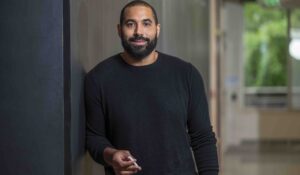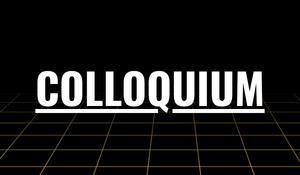Colloquium
The Department of Mathematics Colloquium is a weekly seminar series whose target audience is the entire mathematical community at Vanderbilt. The list of past speakers features distinguished guests from around the world and from within Vanderbilt, and the list of topics has covered a wide array of mathematics, from quantum computing, to black holes, to time travel, to gerrymandering, to optimal transport, to many areas of pure mathematics. The usual time for colloquium is Thursdays at 4:10 p.m. Please join us!
To subscribe to the colloquium mailing list, please visit the listserv page.





